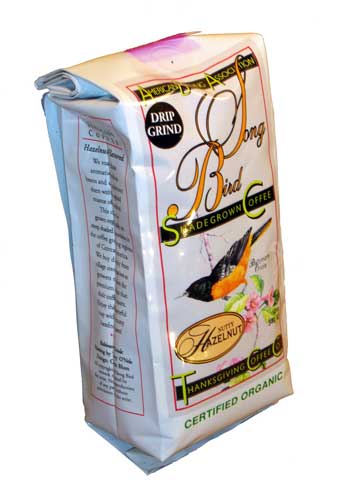

However, the provisioning of this ecosystem service may be dependent on landscape composition as well as the movement of these mobile consumers (Kremen et al. Reference Johnson, Kellermann and Stercho2010). A study in a middle-elevation Jamaican coffee farm found a yet stronger effect of birds on borer infestation, totalling US $5,495 over 18 ha (Johnson et al. This amount is near Jamaica’s average per capita gross national income ($5,241 United Nations Statistics Division 2010). Reference Kellermann, Johnson, Stercho and Hackett2008). In Jamaica, this reduction of the world’s primary coffee pest resulted in an increased coffee crop yield valued at over US $4,000 across a 62.6 ha study area in high-elevation coffee farms (Kellermann et al. Reference Johnson, Kellermann and Stercho2010) indicated that ecosystem services provided by birds found on coffee farms can lead to economically significant reduction of coffee berry borer Hypothenemus hampei infestation. Reference Kellermann, Johnson, Stercho and Hackett2008, Johnson et al. These findings reflect the ecological connectivity between coffee habitats and the adjacent landscape and raise the possibility that the provisioning of pest reduction services could be at least partly dependent on a farm’s proximity to forest patches. Logistic regression confirmed that birds strongly selected continuous forest and individual trees over coffee for roosting. Of 42 roost locations, only eight roosts were within the coffee farm perimeter: one individual in a coffee bush, and seven others in shade trees or vegetated riparian strips.

Nocturnal tracking revealed most birds moved outside diurnal foraging ranges on the farms to roost in forested habitat patches, sometimes up to 1 km away. We examined roosting behaviour in Black-throated Blue Warblers Dendroica caerulescens on two Jamaican coffee farms using radio telemetry in order to determine whether birds commute between nocturnal roosts and diurnal foraging ranges in coffee habitat. Very little information is currently available on bird movements in coffee-dominated landscapes. However, the provisioning of this service may be dependent on landscape composition and movement patterns of these mobile consumers. Recent evidence indicates that insectivorous birds in shade coffee farms provide economically significant ecosystem services by reducing insect pests, which should encourage cultivation practices favouring birds and other wildlife.


 0 kommentar(er)
0 kommentar(er)
